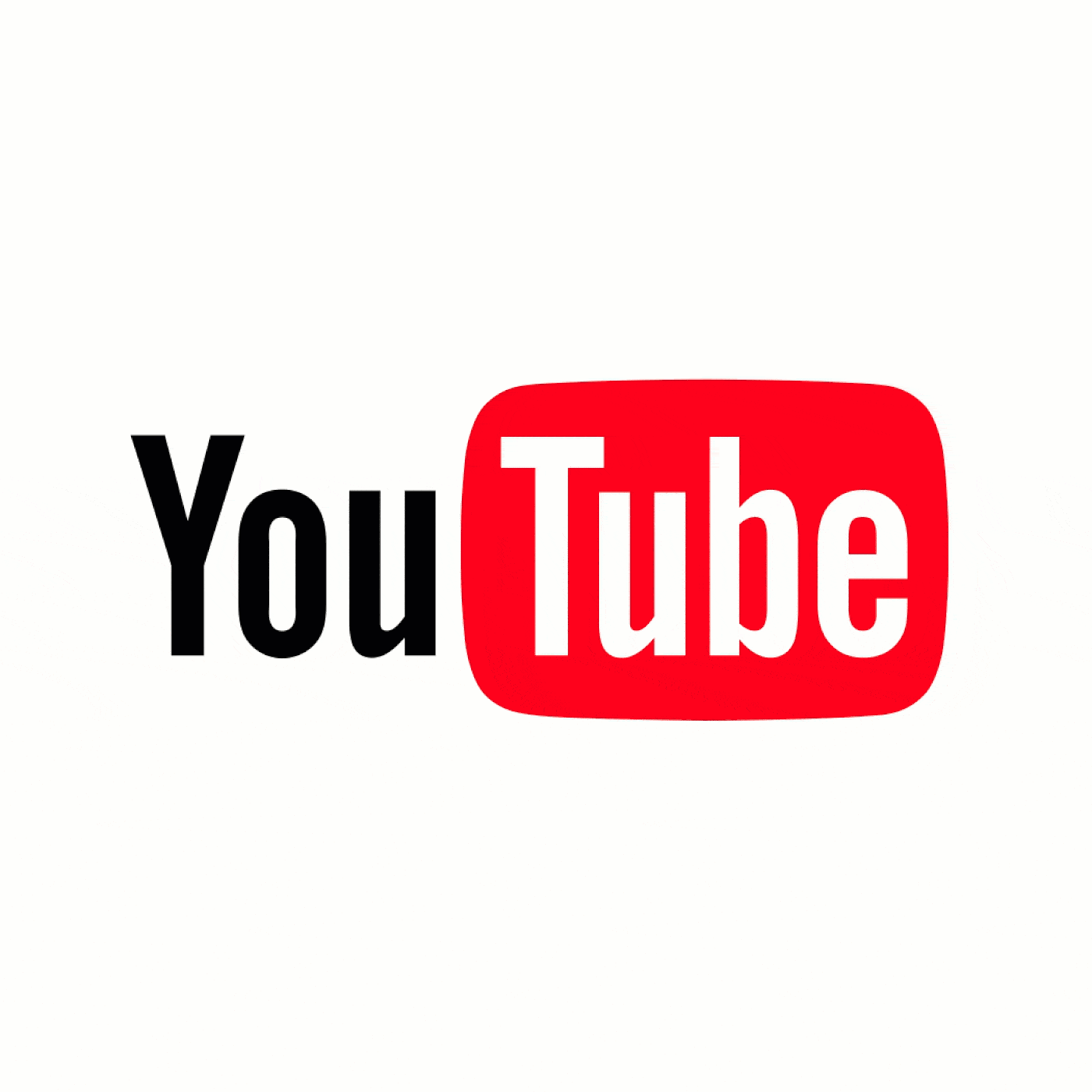
“The ability to easily and quickly identify bad content is an essential feature of a user generated content platform. Why? Because not all user generated content is good.” This is the view of Jawed Karim, co-founder of YouTube.
Though Karim is no longer working at YouTube, he famously uploaded the site’s first ever video, “Me at the zoo” , and was instrumental in the platform’s initial growth. Me at the zoo has now been viewed over 200 million times and received more than 10 million likes. What we cannot now see, however, is the number of dislikes.
Karim’s statement came in response to a decision from YouTube on November 10th to publicly remove a video’s dislike count. The move is part of the company’s effort to crack down on abuse and trolling on the website. It is designed to “create an inclusive and respectful environment where creators have the opportunity to succeed and feel safe to express themselves.”

In their attempt at creating a utopian digital realm – where “respectful interactions between viewers and creators are ensured” – YouTube is, in fact, just watering down the substance of their site. Interactions, I concede, may well become more superficially respectful but also risk becoming inauthentic, hollow and ultimately meaningless.
READ MORE: If you have millions of social media followers, you also have a responsibility
Surely any platform that purportedly prioritises respect must trust its users to form an accurate consensus?

YouTube defends its decision by arguing viewers are still able to ‘dislike’ videos – the amount of dislikes is just being made invisible. This defies the point. The “wisdom of the crowds” – as Karim goes on to put it – has been interfered with and overlooked by YouTube’s overlords.
The main repercussion of the decision is a practical one: millions of users rely on the dislike button to distinguish between content that is worth watching and content that isn’t. YouTube is home to countless advice videos and tutorials, and the dislike button is crucial in gauging these videos’ use.
There is the sheer disregard for objectivity. “Not all user generated content is good.” Sadly, Karim needed to say it – it should hardly come as a surprise. Of course, on a platform where anybody can upload videos, those videos will not always be good. This simple fact has to be recognised.
READ MORE: Clamping down on video game cheats
Criticism is inevitable when publicly posting to the internet. If one chooses to share their content with the world, they open themselves to examination. There are tremendous highs that come with successful content creation, but striving to reach them also means dealing with the lows on the way. If a video receives overwhelmingly negative feedback, it is up to the creator to decide if they believe in their product or adjust accordingly.

At times, admittedly, objectivity is sidetracked by the herd mentality of the internet. YouTube, Twitter, Facebook, Instagram, Twitch, Reddit etc., are susceptible to extreme toxicity. This has been much publicised over political division and fake news recently, but it also happens on more trivial topics. Fans of certain creators can become cult-like and turn on supposed rivals to drive up their dislike count.
When this happens, it is, of course, cyberbullying. It must seem inescapable for the victim, and YouTube’s desire to clamp down on this behaviour is commendable.
Despite this, it seems it is only part of YouTube’s true motivation to change. Another key incentive is to combat the meteoric rise of TikTok – the first video platform to truly challenge YouTube’s throne this century.
With a global audience of over 2 billion, YouTube still reigns supreme over TikTok, which has an estimated 700 million users, but recent trends point to the average user spending more time on TikTok in both the United States and the United Kingdom. TikTok is a site which – however far from the truth it may be – prides itself on positivity. Youtube has maintained a more neutral stance and likely sees the removal of dislikes as a way to change the perception of its site subtly.
But it is a short-term fix for a deeper-rooted issue. Sacrificing the quality of the platform to appease advertisers and wealthy YouTubers will disenfranchise viewers. Viewers will always ultimately be YouTube’s most crucial cohort.


